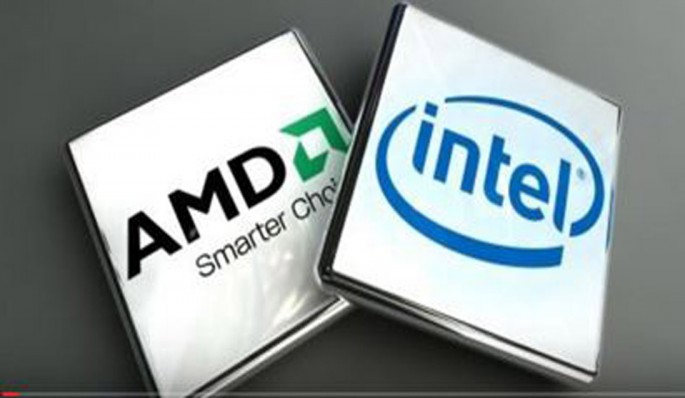Amidst the impending release of the AMD Ryzen processor, it seems like tech giant Intel and AMD have something unique to offer their consumers soon. An unlikely partnership has been reportedly formed despite two company's head on clash for dominance in the CPU industry.
The competitive relationship between AMD and Intel may have already found a soft spot for each other as they have been speculated to soon venture together in stopping an increasing dominance of another tech company in the industry. According to reports, an unlikely partnership will soon be established between AMD and Intel to ward off the growing power of Nvidia in the aspect of graphics architecture of the PC market.
A leaked information regarding the move of Intel to tap the expertise and technology of AMD has been surfacing online which garnered various reactions from experts and enthusiasts alike. The leaked info primarily involved the idea of AMD's GPU technology going into Intel's integrated GPU (iGPU), according to Forbes. Thus, suggesting that AMD will soon license Radeon graphics to Intel to increase its performance and appeal among consumers.
Under such circumstances, the idea of AMD somehow lending their help and technology to their opponents may sound unreasonable at first glance, especially with the upcoming challenge of AMD Ryzen towards Intel's processors in the market.
However, this potential partnership of the tech giants would somehow benefit them both. Experts believe that AMD will make a lot of money partnering with Intel rather than competing with it. On the other hand, Intel would have a partner that could offer competitive graphics technology to Nvidia, according to PC World.
That being said, it is to be expected that if such partnership will be successful, engineers and technology of AMD will most probably replace the current people and technology that Intel has. Thus, showing both flexibility and business minded mentality of both companies despite their impending clash in the CPU industry as embodied by AMD Ryzen processor and Intel's counterpart.
Check the following video:



























